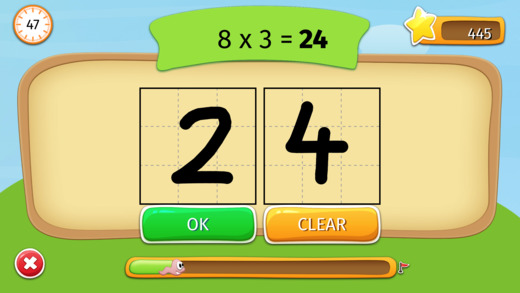Wir freuen uns, dass unser Beitrag zu Learning Analytics in der Schule nun veröffentlicht wurde:
Zusammenfassung:
Wenn digitale Informationssysteme im schulischen Kontext genutzt werden, entstehen auch Sammlungen von Daten zum Lernverhalten. Einige Anwendungen sammeln und analysieren diese Daten gezielt, um damit Lernende zu unterstützen. Das Forschungsfeld dazu heißt “Learning Analytics” und ist erst rund 10 Jahre alt (Leitner et al., 2019). In diesem Beitrag möchten wir zwei Anwendungen aus dem Schulkontext vorstellen, die Datenanalysen einsetzen um Lernfortschritte von Schüler/innen zu beobachten und Rückmeldung in Echtzeit zu geben (s. Ebner, Leitner, Ebner 2020). Wir nennen zudem Chancen und Herausforderungen von Learning Analytics im Schulkontext.
Referenz: Schön, S., Ebner, M. (2021) Diagnose leicht gemacht. In: on. Lernen in der digitalen Welt. Schiefner-Rohs, M. & Aufenanger, S. (Betr.). Heft 5/2021 (Jg. 2). S. 10-11. ISSN: 2700-1091


